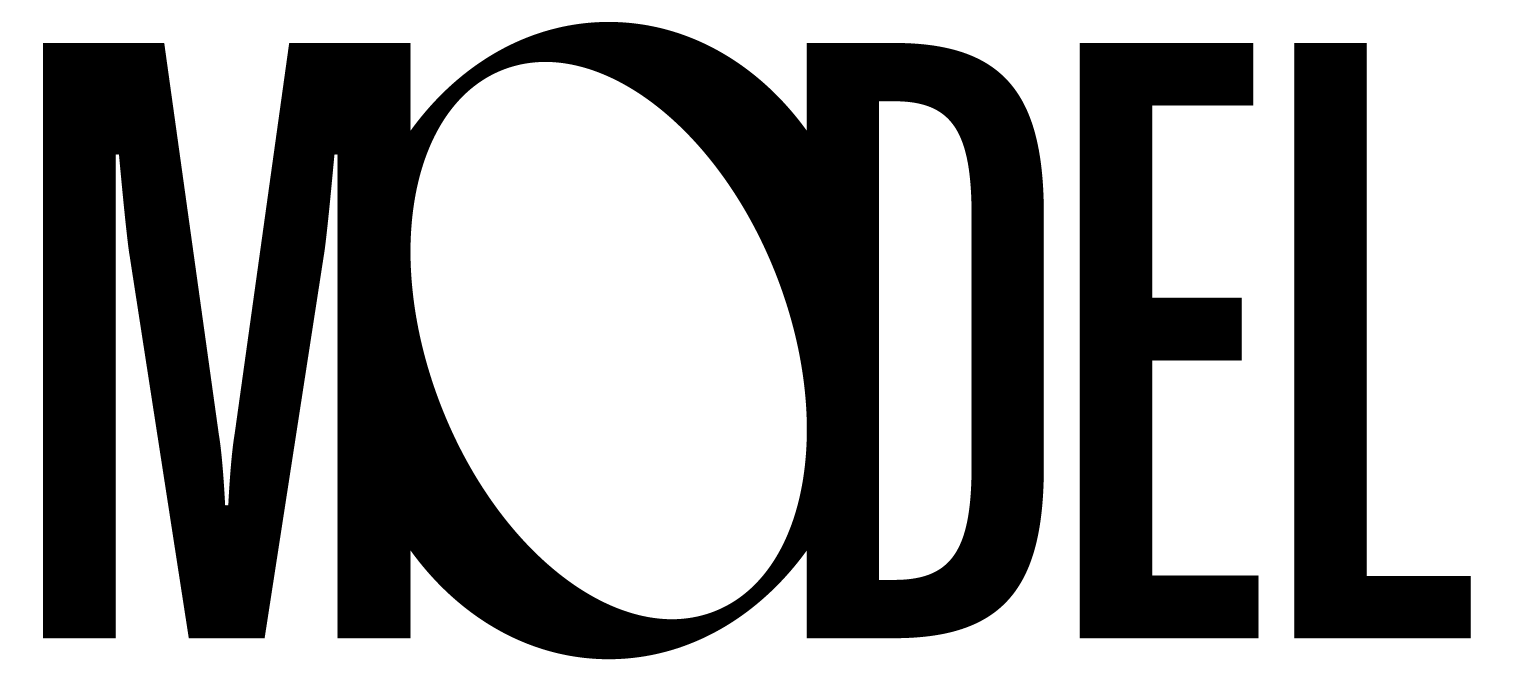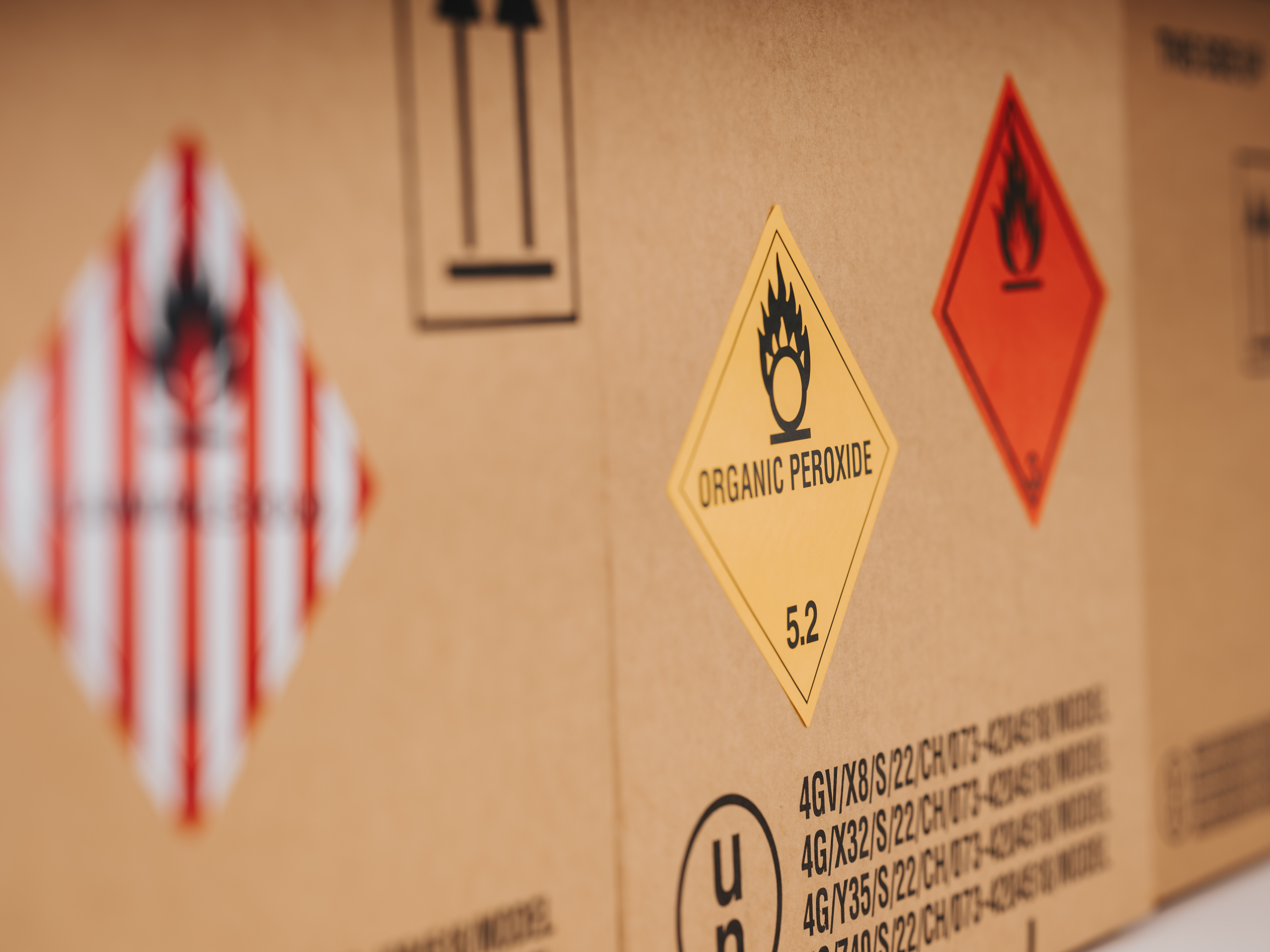Information on dangerous goods packaging
Is the product you want to ship considered a dangerous good? All goods that are potentially dangerous to people, animals or the environment during transport fall into the category of dangerous goods. For example because they are toxic, caustic or flammable. This already includes hairspray, aftershave, batteries and lighters. You must send dangerous goods in special dangerous goods packaging with labeling and a UN packaging code.
On this page you will find a lot of important, general information about packaging, shipping and labeling dangerous goods. Our recommendation: Consult a trained expert on the subject of dangerous goods. So that your dangerous goods arrive safely and nothing goes wrong during transport.

